Table of Contents:
- What Is Blood Pressure?
- Healthy Blood Pressure Ranges by Age and Gender
- Causes of High Blood Pressure (Hypertension)
- Causes of Low Blood Pressure (Hypotension)
- How to Maintain Healthy Blood Pressure
- Managing Blood Pressure for a Healthier Life
Your heart constantly pumps nearly 2,000 gallons of blood daily through a 60,000-mile network of blood vessels. But how do you know if this incredible system is functioning properly? Blood pressure isn’t just a routine measurement at doctor visits, it’s your body’s vital sign with a story to tell. According to the American Heart Association, nearly half of U.S. adults (47%) have high blood pressure, yet many don’t even know it.
What’s considered “normal” shifts as we age and varies between men and women. While a 120/80 reading might be ideal for a 30-year-old woman, it tells a different story for a 70-year-old man. Gender differences matter too. Men tend to develop high blood pressure earlier in life, while women’s risk increases dramatically after menopause. So, read on to learn how changes occur in blood pressure by age and gender, along with effective tips for keeping your heart healthy.
What Is Blood Pressure?
Blood pressure is the force of blood pushing against the artery walls. It is measured in millimeters of mercury (mmHg). The blood pressure readings have two numbers:
- Systolic pressure (top number): Measures pressure when the heart beats.
- Diastolic pressure (bottom number): Measures pressure when the heart rests between beats.
For example, a reading of 126/90 mmHg means the systolic pressure is 126, and the diastolic pressure is 90.
Healthy Blood Pressure Ranges by Age
As we age, blood pressure naturally tends to rise. According to the data given by the Centers for Disease Control and Prevention (CDC), around 23.4% of adults aged 18–39 have high blood pressure, increasing to 52.5% for those 40–59, and 71.6% for individuals 60 and older. Infants and children, on the other hand, typically have lower blood pressure levels. The following blood pressure by age chart shows the normal systolic vs diastolic blood pressure ranges for different age groups.
| Age Group | Systolic (mmHg) | Diastolic (mmHg) |
| Newborns (up to 1 month) | 60–90 | 20–60 |
| Infants (1-12 months) | 87–105 | 53–66 |
| Toddlers (1-3 years) | 95–105 | 53–66 |
| Preschoolers (4-5 years) | 95–110 | 56–70 |
| School-aged children (6-12 years) | 97–112 | 57–71 |
| Adolescents (13-17 years) | 112–128 | 66–80 |
Healthy Blood Pressure Ranges in Adults by Gender
Blood pressure charts by age and gender vary due to hormonal influences and physiological differences. Estrogen in females helps maintain lower women’s normal blood pressure by age levels, but after menopause, this protective effect declines. Males tend to have slightly higher blood pressure due to greater body mass and higher sodium sensitivity. Here’s the age and BP chart:
| Age Group | Gender | Normal Blood Pressure (mmHg) |
| 18-39 years | Female | 110/68 |
| 18-39 years | Male | 119/70 |
| 40-59 years | Female | 122/74 |
| 40-59 years | Male | 124/77 |
| 60+ years | Female | 139/68 |
| 60+ years | Male | 133/69 |
Blood Pressure Categories in Adults
Normal blood pressure by age is classified into different categories to assess health risks. Readings below 120/80 mmHg are considered ideal, while higher levels indicate potential health concerns. According to a Journal of the American College of Cardiology study, about 70% of Americans are projected to develop high blood pressure in their lifetime. That’s why knowing what’s normal for your age and gender is important.
| Category | Blood Pressure (mmHg) | Meaning |
| Normal | Below 120/80 | Ideal blood pressure, no risk |
| Elevated | 120-129/<80 | Higher than normal, may lead to hypertension |
| Hypertension Stage 1 | 130-139 or 80-89 | Increased risk of heart disease and stroke |
| Hypertension Stage 2 | 140 or higher / 90 or higher | High risk, needs medical treatment |
| Hypertensive Crisis | Above 180/120 | Severe risk, seek emergency medical help |
What Causes High Blood Pressure?
According to a study, nearly 31% of adults worldwide have hypertension, making it a leading risk factor for heart disease and stroke. Several causes contribute to hypertension, including:
1. Unhealthy Diet
A diet high in salt, saturated fats, processed foods, and refined sugars raises blood pressure. Sodium causes water retention, increasing blood volume and pressure. Trans fats and cholesterol lead to plaque buildup in arteries, restricting blood flow. Refined sugars contribute to obesity and insulin resistance, both linked to high blood pressure.
A lack of potassium, which helps balance sodium, also raises blood pressure. Potassium helps kidneys remove excess sodium, preventing fluid buildup that increases blood pressure. A deficiency disrupts this balance, leading to higher blood pressure levels.
2. Lack of Physical Activity
Exercise helps keep the heart strong and blood vessels flexible. A sedentary lifestyle weakens the heart, making it less efficient at pumping blood. This raises blood pressure to compensate. Regular exercise lowers it by improving circulation, reducing stress hormones, and maintaining a healthy weight.
3. Obesity and Excess Weight
Carrying extra weight puts added strain on the heart. Fat tissue needs oxygen and nutrients, requiring the heart to pump more blood. This increases pressure on artery walls. Obesity is also linked to insulin resistance and inflammation, both of which contribute to high blood pressure.
4. Chronic Stress
When stressed, the body releases hormones like cortisol and adrenaline, which temporarily increase blood pressure by narrowing blood vessels. If stress is constant, these temporary increases can become long-term, leading to hypertension. Poor stress management often leads to unhealthy coping mechanisms like smoking, drinking, or overeating, all of which further elevate blood pressure
5. Smoking and Excessive Alcohol Consumption
Nicotine in cigarettes constricts blood vessels, making it harder for blood to flow and increasing pressure. It also reduces oxygen levels, forcing the heart to work harder. Over time, smoking damages artery walls, leading to long-term hypertension. Even secondhand smoke exposure can increase blood pressure and damage arteries over time. Alcohol, when consumed in excess, raises blood pressure by increasing body weight, altering hormone levels, and damaging the heart.
6. Medical Conditions and Medications
Several health conditions contribute to high blood pressure. Diabetes damages blood vessels, reducing their elasticity and increasing pressure. Kidney disease affects fluid balance, leading to higher blood pressure. Thyroid disorders cause hormonal imbalances that raise pressure, while sleep apnea leads to oxygen deprivation, triggering hypertension. Certain medications, including birth control pills, decongestants, and NSAIDs, can also contribute to high blood pressure.
Read More: An Ultimate Guide to the Cardiac Conduction System
What Causes Low Blood Pressure?
Low blood pressure happens when the brain and organs don’t get enough blood, leading to dizziness, fainting, or even shock in severe cases. While some people naturally have lower blood pressure without issues, for others, it could signal an underlying health problem.
1. Dehydration
Water is essential for maintaining blood volume. When the body loses too much fluid through sweating, vomiting, diarrhea, or not drinking enough water, blood volume drops significantly. Along with water loss, dehydration can also disrupt electrolyte balance. Severe dehydration can even lead to hypovolemic shock. It is a life-threatening condition where the body doesn’t have enough blood volume to maintain adequate circulation and oxygen delivery to vital organs.
2. Anemia-Related Deficiencies
Iron, Vitamin B12, and Folate are essential for maintaining healthy blood pressure. Iron helps produce red blood cells, and a deficiency can cause anemia, leading to low blood pressure. Vitamin B12 supports red blood cell production, and a lack of it can cause fatigue and low blood pressure. Folate (Vitamin B9) is required for blood formation, and low levels can result in anemia and lower blood pressure.
3. Heart Conditions
A weak or damaged heart may struggle to pump blood effectively, leading to low blood pressure. Conditions such as bradycardia (slow heart rate) prevent the heart from pumping enough blood to maintain normal pressure. Heart failure occurs when a weakened heart has difficulty circulating blood efficiently. Heart valve disorders, like narrow or leaking valves, can disrupt blood flow, causing fluctuating pressure.
Additionally, postural hypotension (orthostatic hypotension) happens when blood pressure drops suddenly upon standing, causing dizziness or fainting due to insufficient blood flow to the brain.
4. Medications
Certain medications lower blood pressure by relaxing blood vessels or reducing blood volume. Diuretics remove excess salt and water, reducing blood volume.
Beta-blockers slow the heart rate, sometimes lowering pressure too much. Antidepressants can disrupt nerve signals, causing blood vessels to relax. Similarly, medications for Parkinson’s disease may cause dizziness or fainting by affecting blood pressure regulation, especially when standing.
5. Severe Infections (Sepsis)
If an infection spreads into the bloodstream, it can trigger a life-threatening drop in blood pressure. This condition, known as septic shock, occurs when toxins from bacteria cause blood vessels to widen too much, reducing pressure and restricting blood flow to vital organs.
Read More: What are the Stages of the Cardiac Cycle?
How to Maintain Healthy Blood Pressure?
Blood pressure fluctuates with factors like diet, exercise, stress, and lifestyle. According to the CDC, about 9 out of 10 Americans are expected to develop high blood pressure during their lifetime. Adopting healthy habits can help keep blood pressure within normal ranges, thereby preventing associated complications.
Eat a Balanced Diet
A nutrient-rich diet supports heart health. Foods like fruits, vegetables, whole grains, lean proteins, and low-fat dairy help balance blood pressure. Avoid excess salt, added sugars, and processed foods, as they can raise blood pressure.
Maintain a Healthy Weight
Being overweight strains the heart, raising blood pressure. Losing even a small amount of weight through healthy eating and regular exercise can significantly reduce blood pressure.
Reduce Stress
Chronic stress releases hormones that narrow blood vessels and increase pressure. Managing stress through deep breathing, meditation, or enjoyable activities helps maintain stable blood pressure.
Limit Alcohol and Quit Smoking
Excessive alcohol and smoking raise blood pressure. Limiting alcohol intake and quitting smoking can lower blood pressure and improve heart health.
Get Enough Sleep
Poor sleep disrupts stress hormone regulation, raising blood pressure. Consistent, quality sleep supports normal blood pressure levels.
Drink Enough Water
Proper hydration supports circulation and prevents low blood pressure. Drink at least 8-10 glasses of water daily and consume water-rich foods like cucumbers and oranges to stay hydrated.
Manage Blood Pressure for a Healthier Life!
Your blood pressure is a reflection of your overall health. Natural shifts occur in blood pressure by age. Moreover, men and women experience it differently. But one thing remains constant: keeping it in a healthy range can significantly lower your risk of heart disease, stroke, and other serious conditions.
Small, daily choices make a big difference. Eating a heart-friendly diet, staying active, managing stress, and drinking enough water all help keep your blood pressure in check. And let’s not forget the importance of regular check-ups, because catching issues early can be life-saving.
For those in healthcare, staying ahead of the curve is just as important. If you want to refine your skills in handling critical situations, consider an ACLS course, because when it comes to saving lives, every second and every skill counts.







